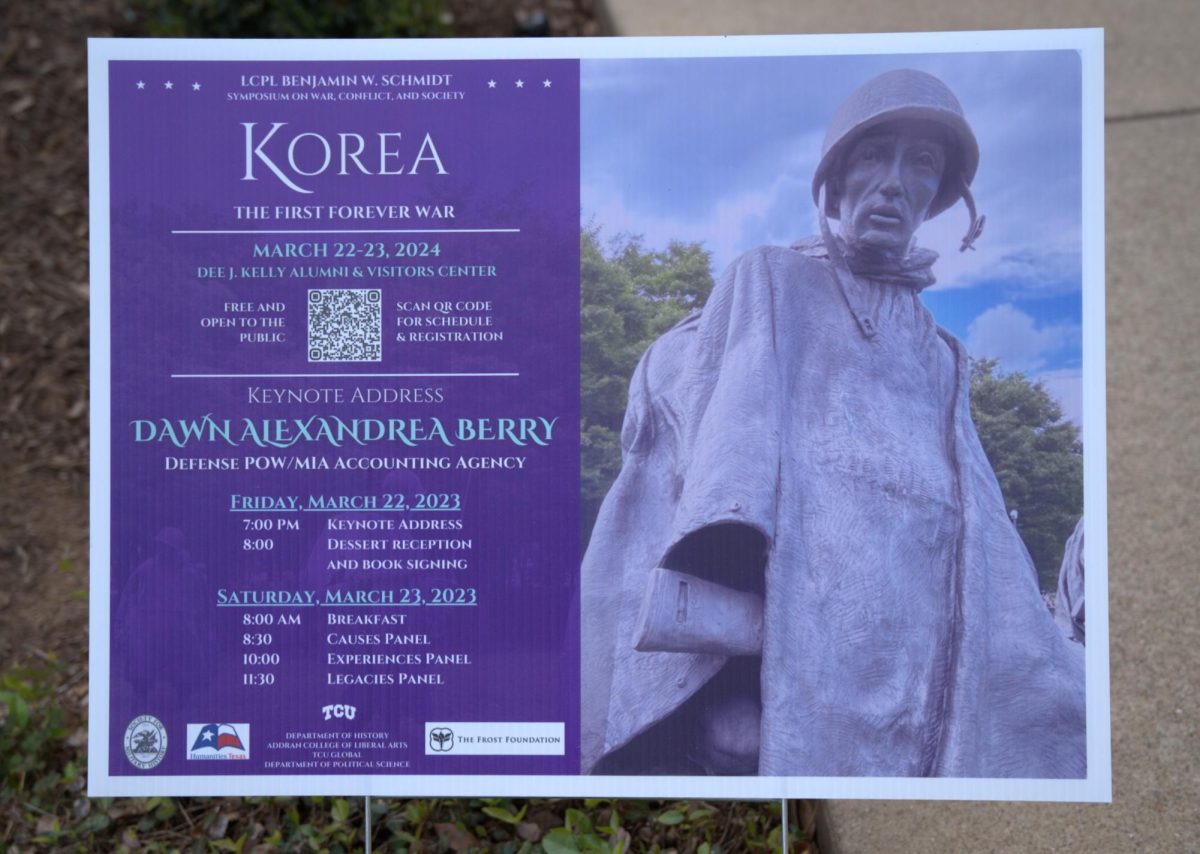A roasty, bold smell of black beans, tangy spice of chicken and a sweet kick of a cooked plantain embody the inviting aromas of Cuban cuisine.
A crescendo of voices fills your ears as you arrive closer and closer to a space packed with people. Friends are sitting in circles on couches, on the floor, in the hallway, behind the front desk and in tight spaces. They all come together over meals.
Yet, no one is sitting alone in a corner on their phone. This isn’t Market Square.
Welcome to the second floor of Jarvis Hall, the gathering place of cultural cuisine, where students come to enjoy a free meal provided by the Office of Cultural, Community and International Services.
Cultural cuisine works as a way to break down cultural boundaries and stereotypes on campus. It promotes immersion of these cultures by simply providing a free meal in a small space.
On the last Friday of every month, the services showcase a different culture’s cuisine.
John Singleton, director of international services, said he wants to see students engage with each other, with the university and with the community through cultural cuisine.
“There is too much time not to ask your neighbor, ‘What are you doing here?’” Singleton points out.
He adds that students naturally interact more with one another at the events because of its chaotic nature.
“If this was more efficient, people could get their food and go,” Singleton said about the tight spaces and lack of seating.
Singleton said the relaxed environment cultural cuisine creates is all planned. He said he wants to make sure international students, who are often overwhelmed by the rigidity and structure within American culture, feel comfortable.
“If you’re coming from a place where there is absolutely no order to how you get on a bus, how you get things and how you order food in the market, and all of a sudden you come to a place where everything is really structured, perfectly lined up, it creates some tension,” Singleton said about some shocks of coming to the U.S.
Alexis Olivas, a first-year pre-business major, loves meeting new people at cultural cuisine.
“I really think it helps bring cultural awareness and kind of connects people with different backgrounds together,” Olivas said.
The events strive to align meals with trends in the university, Singleton said.
Singleton said his favorite thing about cultural cuisine is that it connects students to the greater community. Local restaurants bring a variety of authentic flavors through catering the events.
“We could just as easily go with Sodexo, and there are chefs at Sodexo that do great food, but we also want to build our relationships into the community and bring those people onto campus,” Singleton reveals.
That those who cater the events may not have access to higher education in the United States, according to Singleton. He said he wants to break down negative stereotypes about students at the university by introducing the caterers to campus.
“TCU is a bubble. Out in the world it’s seen sort of as this little privileged, very dainty little institution.” Singleton said. “So I think the first thing that happens, when they come on campus and meet our students, is it breaks down those stereotypes.”
The Program is Evolving
Cultural cuisine started with a small plan in 2002.
“It was very informal and it was just meant to get people to hang out together.” Singleton said.
At the time, the number of international and community scholar students were lower than they are now, he said. Naturally, cultural cuisine grew when those student numbers did.
Ravyn Whitley, a junior strategic communications major, has been to every event since she heard about it in 2013. .
“I really like interacting with all the other students. Even though is it such a small school, you see someone new every time you come to this. It’s really grown,” Whitley said.
Getting Over Cultural Comfort
As the number of students represented through the department of cultural, community and international services increase, the community that it comprises changes.
In the past, all international students from varying backgrounds banded together to create their own community, Singleton said. Now, there are so many countries and cultures represented on campus that students can come to the university and still enjoy their home culture.
Singleton compared the international students to those within the greek system. He said oftentimes, both groups of students do not branch out on campus. He said he thinks students should get out of their comfort zones.
“Over time, you want people to step outside those boundaries and take some risks,” Singleton said.
One new advantage of having a larger representation of cultural groups on campus is a term Singleton described as cultural authenticity.
When speakers come to the university and cover topics involving other countries, there are often students in those audiences from those communities
“It is no longer us talking about groups. It is now the groups speaking for themselves,” Singleton said.
Cultural authenticity permeates student conversation and interactions through events like cultural cuisine that continue to grow in popularity.
Singleton added, “The place is just taken over, and we really just stay out of the way and let the students just chat.”
As the event grows in popularity, the simple concepts that founded the program remain the same.





